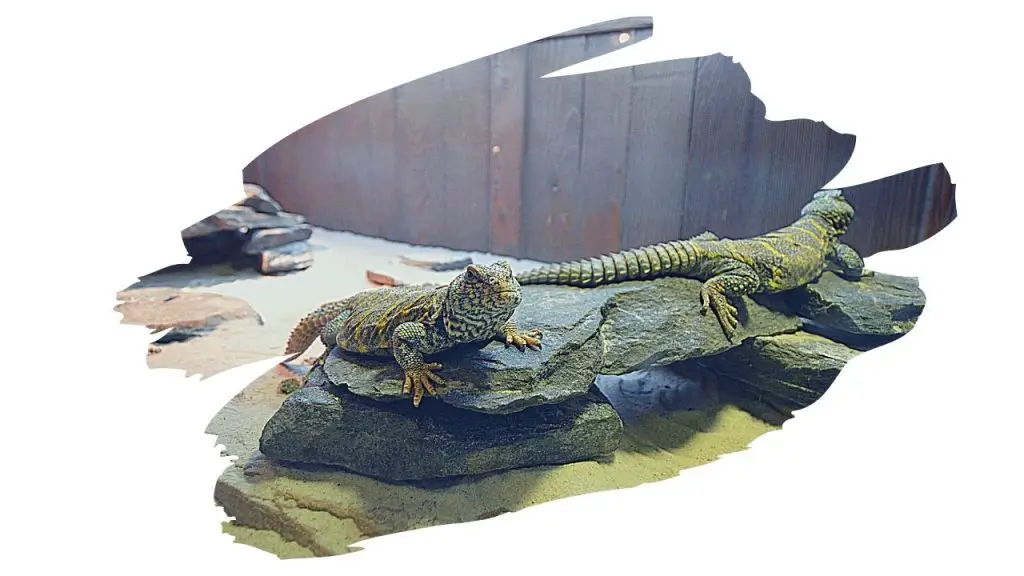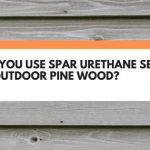Making your own DIY reptile enclosure can be a fun way to save a few bucks.
And whilst a good sealer is the best way to protect that enclosure wood from rot, you have to be sure that sealant won’t cause your pet any harm.
So, are there any reptile safe wood sealers on the market?
You can use Aquarium silicone sealant. This type of sealant is used in fish tanks, and would be safe to use as a wood sealer for a reptile enclosure. This silicone-rubber sealant provides incredible waterproofing and protection.
And, most importantly, this rot-resisting sealer is non-toxic once it is cured. Making it safe to coat your home-made vivarium – both inside and out.

This post may contain affiliate links to products that we receive a commission for (at no additional cost to you). Learn more here.
Is Silicone Really Okay As A Snake Safe Waterproof Sealant?
Silicone sealer is the only safe sealant option for a reptile cage. However, this is only so long as the sealant is 100% silicone.
This is very important, as some silicone sealers will have mold-resistant anti-fungus additives that could be very harmful to your pet.
What Non Toxic Wood Sealer Can You Use On A Reptile Vivarium?
Any good quality and affordable Aquarium silicone sealant will be up to the task.
They will give the wood a water-proof long lasting coat. And that extra protection won’t fracture and split as the wood underneath it ages.
For a 100% silicone sealant, (that is as non-toxic as it is high-strength), we recommend you use Aqueon Silicone Sealant.
Check out the latest prices for this sealant over here on Amazon.
It is worth noting that whilst silicone sealant is non-toxic once cured, it does give off incredibly strong fumes when you initially apply it.
So make sure you apply this sealer whilst working in a very well ventilated area (ideally outside).
What’s The Best Way To Go About Sealing A Plywood Reptile Enclosure?
Sealing in plywood is a little trickier than sealing most other wood types, due to those exposed plywood edges.
You can seal those difficult-to-mask plywood edges with a coat of water-based polyurethane or polycrylic. However, you should not use any oil-based finish to seal the wood of the cage.
Be sure to give the poly coat time to cure. The curing process can take as little as a day, but give it a few days just to be on the safe side.
Working with plywood can be tricky. Even simply sanding plywood requires a little bit of finesse. If you are having trouble sanding your plywood boards smooth (without tearing the layers), then click here to check out our article: Beginners Guide To Sanding Plywood.
What Are Some Reptile-Safe Plywood Wood Types?
Be cautious when selecting plywood for your reptile enclosures.
Plywood made from Cedar, Pine and Fir can be harmful to reptiles. For example, Bearded Dragons find the fumes from those wood types particularly toxic.
So opt instead for Oak, Maple or Birch hardwood plywood board for your reptile Vivarium.
Final Thoughts
If you want to keep your reptile companions safe and happy, using a non-toxic wood sealer is your best bet. Just be sure that you;
- Use an Aquarium Silicone Sealer.
- Make sure that the sealer is 100% silicone (and doesn’t have any hidden mold-resisting additives).
- And if you plan on using Plywood to make your enclosure, avoid plywood made from wood types that are toxic to reptiles (such as Cedar, Fir, and Pine).




